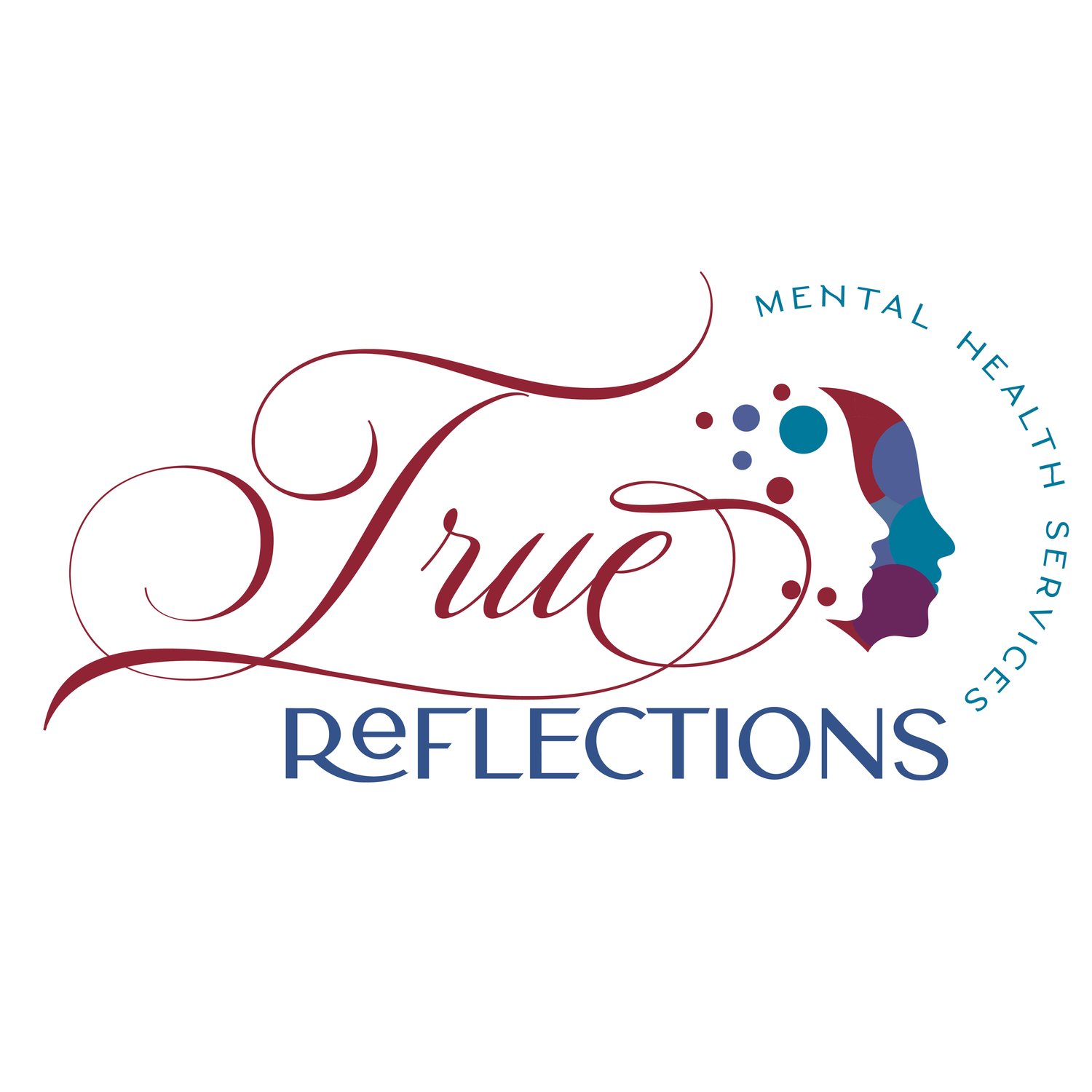Play Therapy Supports Neurodivergent Children with ADHD & Autism
Neurodiversity is a concept that celebrates the natural variation in the human brain, acknowledging that neurological differences, such as Attention-Deficit/Hyperactivity Disorder (ADHD) and Autism Spectrum Disorder (ASD), contribute to the rich tapestry of human experience.
In this blog, we'll take a closer look at ADHD and Autism, examining their connections through a lens that appreciates and supports neurodiversity. Additionally, we'll explore the therapeutic powers of play therapy in supporting individuals with these neurodevelopmental conditions.
Understanding ADHD and Autism Spectrum Disorder
Attention-Deficit/Hyperactivity Disorder (ADHD): ADHD is a neurodevelopmental condition characterized by persistent patterns of inattention, hyperactivity, and impulsivity that significantly impact daily functioning. Individuals with ADHD may struggle with sustaining attention on tasks, organizing activities, and may be easily distracted. The hyperactivity component manifests as excessive restlessness, fidgeting, and an inability to stay seated, while impulsivity often leads to hasty decision-making without considering the consequences. ADHD is recognized as a spectrum, encompassing three subtypes: predominantly inattentive, predominantly hyperactive-impulsive, and a combined presentation.
It's essential to view ADHD not merely as a set of challenges but also as a condition that often comes with inherent strengths, such as creativity, resourcefulness, and the ability to hyperfocus on areas of interest. Adopting a neurodiversity-affirming perspective allows for a more comprehensive understanding of ADHD, recognizing the diverse ways in which individuals navigate the world with their unique cognitive styles.
Autism Spectrum Disorder (ASD) Autism Spectrum Disorder is a complex neurodevelopmental condition characterized by a wide range of challenges in social interaction, communication, and behavior. Individuals on the autism spectrum may experience difficulties in understanding social cues, forming and maintaining relationships, and engaging in reciprocal communication. Repetitive behaviors, restricted interests, and a preference for routine are common features. Autism is rightly referred to as a spectrum, as it encompasses a diverse array of presentations, with individuals exhibiting varying degrees of severity and a wide spectrum of strengths.
It's essential to approach Autism with a neurodiversity perspective, acknowledging the unique talents and abilities that often accompany the challenges. Individuals with Autism possess strengths such as attention to detail, exceptional memory, and specialized skills in areas of interest. Each person with Autism has a distinctive way of perceiving and interacting with the world, and fostering an inclusive and accepting environment is crucial for supporting their individual journeys.
The Interplay Between ADHD and Autism
Research indicates a complex relationship between ADHD and Autism, with shared genetic factors and neural mechanisms. While they are distinct conditions, their co-occurrence highlights the intricate interplay between attention regulation, social communication, and behavioral patterns.
Individuals presenting with both ADHD and Autism traits may experience unique challenges, and understanding this overlap is essential for tailored support and interventions. It's crucial to recognize that the coexistence of these conditions contributes to the rich diversity of neurodevelopmental experiences.
Utilizing Play as a Therapeutic Approach for ADHD and Autism
Play Therapy is as a valuable intervention for individuals with ADHD and Autism Spectrum Disorder. Play Therapy can be adapted to meet a child’s specific needs creating a neurodiversity-affirming approach. Here's how play therapy can make a positive impact:
Non-Directive Approach: Play Therapy offers a non-directive approach, allowing individuals to express themselves freely through play. This method respects their autonomy and provides a safe space for self-discovery.
Enhancing Communication: For those with Autism Spectrum Disorder who may struggle with verbal communication, play becomes a medium for expression. Play Therapy facilitates communication through non-verbal cues, such as gestures, actions, and creative play. Through various play activities, such as drawing, role-playing, and using toys, children with Autism and ADHD can communicate their thoughts, feelings, and experiences in a way that feels comfortable to them.
Developing Social Navigation Needs: Many individuals with ADHD and Autism Spectrum Disorder encounter challenges in social interactions. Play Therapy creates opportunities for practicing and refining social skills in a supportive environment, fostering connections with others.
Regulating Emotions: Play Therapy helps individuals regulate their emotions by providing an outlet for expression. This is particularly beneficial for individuals with ADHD and Autism, who may struggle with emotional regulation. Play Therapists can introduce activities that teach emotional awareness, coping strategies, and self-regulation skills. This helps children identify and manage their emotions effectively.
Addressing Sensory Needs: Sensory issues are common in both ADHD and Autism. Play Therapy can incorporate sensory activities that address sensory integration challenges. Activities involving various textures, smells, and movements can help desensitize or stimulate a child's sensory system, contributing to better self-regulation.
In embracing neurodiversity, we recognize that ADHD and Autism Spectrum Disorder are not just challenges but unique perspectives that contribute to the diversity of human experience. By understanding the complex interplay between these conditions and employing neurodiversity-affirming practices, we can create environments that support individuals with ADHD and Autism.
Play Therapy emerges as a powerful tool in this endeavor, providing a therapeutic space where individuals can explore, express, and thrive. As we continue to champion neurodiversity, let us celebrate the strengths and potential inherent in every individual, fostering a world that values and embraces differences.
Janine Kelly, MSW, LCSW, RPT™, CBT-C, ADHD-CCSP, ASDCS, CCATP-CA, CATP is a Neurodiversity Affirming Psychotherapist in Middlesex, NJ. She specializes in supporting neurodivergent children and prenatal/postpartum parents with ADHD, Autism, Anxiety, and Trauma.
*This blog is not a substitute for therapy. To request an appointment, please click below:




